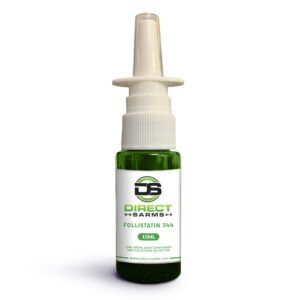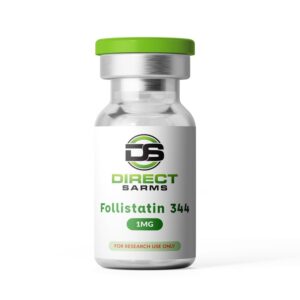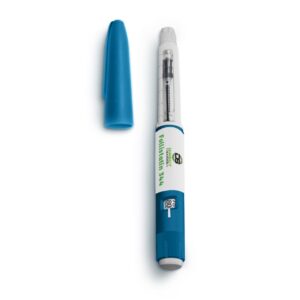Follistatin 344
Buy Follistatin 344 Peptides Online From Direct Sarms Hungary
Follistatin 344 Hungary is a synthetic peptide derived from the naturally occurring protein follistatin, renowned for its role in regulating muscle growth and differentiation. This Hungary research-grade compound acts as a potent myostatin inhibitor, thereby modulating myostatin’s activity—a protein responsible for limiting muscle development.
Hungary Researchers have increasingly turned their attention to Follistatin 344 due to its potential applications in various fields, such as regenerative medicine, muscle wasting disorders, and sports science. Hungary Research suggests by neutralizing myostatin’s inhibitory effects, Follistatin 344 shows promise in promoting muscle growth, enhancing muscle regeneration, and potentially mitigating muscle loss.








